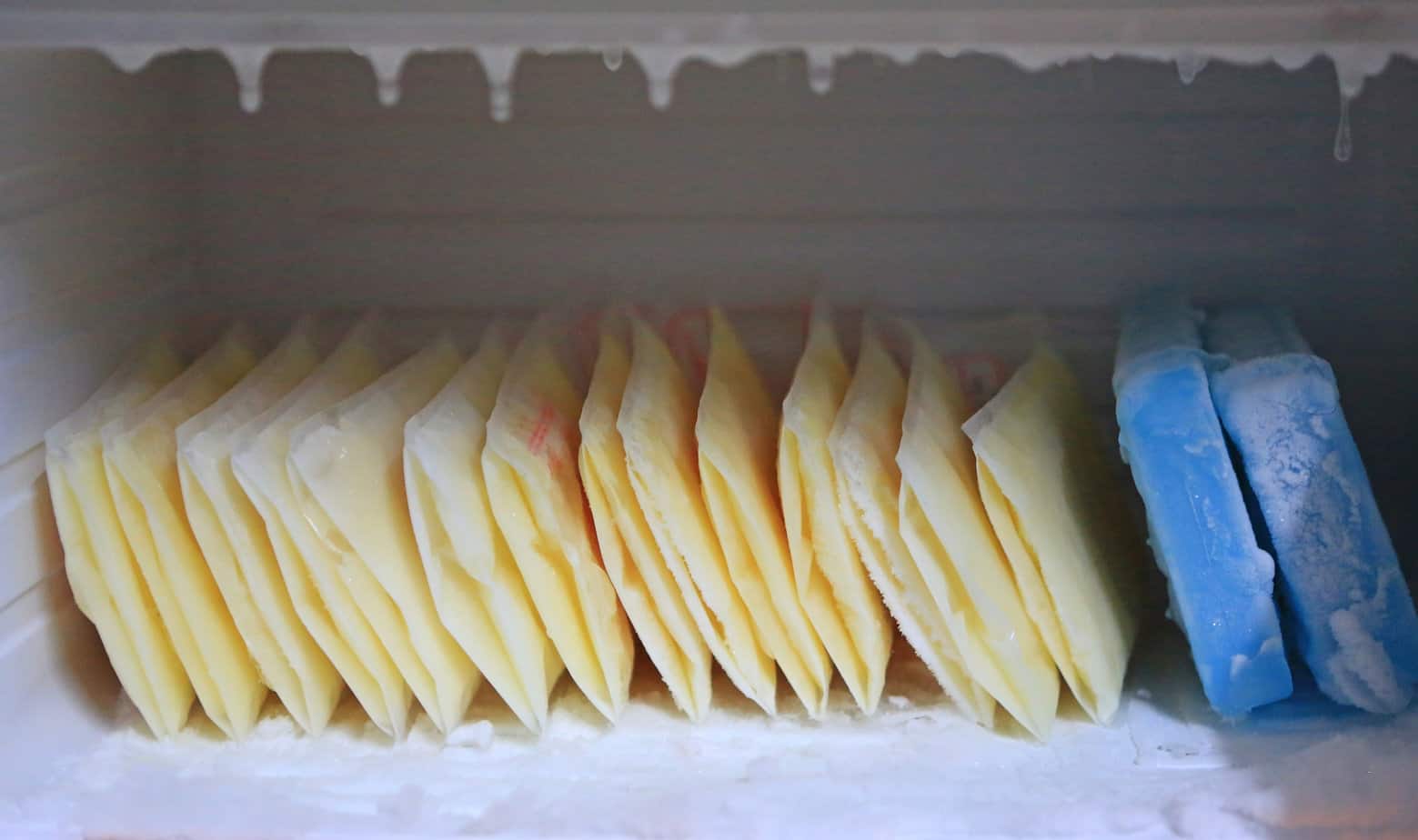

Articles
How To Store Breast Milk In Freezer
Modified: February 27, 2024
Learn the best methods and tips for storing breast milk in the freezer in this informative article. Preserve your liquid gold with proper freezer storage techniques.
(Many of the links in this article redirect to a specific reviewed product. Your purchase of these products through affiliate links helps to generate commission for Storables.com, at no extra cost. Learn more)
Introduction
Breast milk is a vital source of nutrition for infants, providing them with essential nutrients and antibodies to support their growth and development. Many new mothers choose to breastfeed their babies, but there may be occasions when it is necessary to store breast milk for later use. One convenient and effective method of storage is by freezing breast milk.
In this article, we will explore the benefits of storing breast milk in the freezer, as well as provide guidelines and tips on how to properly prepare, store, and use frozen breast milk. By following these recommendations, you can ensure the safety and quality of your breast milk while maintaining its nutritional value for your baby.
Before we delve into the specifics of freezing breast milk, it’s important to address the reasons why you might choose to store your breast milk in the first place. There are various situations where freezing breast milk can be beneficial.
Firstly, freezing breast milk allows you to have a backup supply readily available for times when you are unable to breastfeed directly. It is particularly helpful for working mothers who need to be away from their babies for extended periods. By freezing breast milk, you can maintain a continuous breastfeeding routine even when you are not physically present.
Additionally, freezing breast milk can be beneficial in cases of potential supply issues or low milk production. Having a freezer stash can provide an extra source of nourishment and ensure that your baby receives enough milk even during periods of decrease in milk supply.
Furthermore, freezing breast milk can be useful for situations where your baby is unable to breastfeed due to illness, oral aversion, or for mothers who are exclusively pumping. It allows you to feed your baby expressed breast milk that has been safely stored.
Lastly, freezing breast milk can be a way to build up a reserve of milk for weaning your baby onto solid foods. As your baby grows and begins to transition to solid food, having frozen breast milk can be a convenient option to incorporate into their diet as they adapt to new flavors and textures.
Now that we understand the reasons why freezing breast milk can be beneficial, let’s move on to the next section, where we will discuss the proper preparation of breast milk for freezing.
Key Takeaways:
- Storing breast milk in the freezer offers convenience, flexibility, and cost-effectiveness, ensuring a continuous supply of optimal nutrition for your baby, even during times when direct breastfeeding is not possible.
- Proper preparation, labeling, and storage of breast milk for freezing, along with safe thawing and usage methods, are essential for maintaining the safety, quality, and longevity of stored breast milk, providing peace of mind for mothers.
Read more: How To Store Breast Milk In Deep Freezer
Benefits of Storing Breast Milk in the Freezer
Storing breast milk in the freezer offers several advantages for both mothers and babies. Here are some key benefits:
- Prolonged Shelf Life: Freezing breast milk extends its shelf life compared to refrigeration. While fresh breast milk can last in the refrigerator for up to 4 days, properly stored frozen breast milk can be safely consumed for up to 12 months.
- Convenience and Flexibility: Freezing breast milk allows you to have a readily available supply on hand. This is especially beneficial for working mothers who may need to be away from their babies for extended periods. With stored frozen milk, you can maintain a consistent breastfeeding routine even when you are not physically present.
- Ongoing Breastfeeding Support: Storing breast milk in the freezer enables you to continue providing your baby with the benefits of breast milk, regardless of any challenges you may face. Whether it’s a temporary decrease in milk supply, illness, or other circumstances, having a freezer stash ensures your baby has access to your milk when needed.
- Fosters Self-Sufficiency: Freezing breast milk allows others to feed your baby, giving you the freedom to take breaks, go back to work, or simply have some time for yourself. It promotes a sense of independence and builds a stronger support system for both you and your baby.
- Cost-effective Solution: By storing breast milk in the freezer, you can make the most of your milk supply and reduce the need for alternative feeding methods, such as formula. This can help save money on costly formula purchases and provide your baby with the superior nutritional benefits of breast milk.
- Continuity of Exclusive Breastfeeding: For mothers who are exclusively pumping, freezing breast milk ensures a continuous supply of breast milk, even during times when direct breastfeeding may not be possible or practical. This helps maintain the exclusivity of breastfeeding and supports the healthy growth and development of your baby.
Overall, storing breast milk in the freezer offers convenience, flexibility, and peace of mind. It allows you to provide your baby with the nutritional benefits of breast milk while enabling you to navigate various situations and continue breastfeeding according to your preferences and needs.
Now that we have discussed the benefits of freezing breast milk, let’s move on to the next section, which focuses on the proper preparation of breast milk for freezing.
Preparing Breast Milk for Freezing
Proper preparation of breast milk before freezing is crucial to ensure its safety and quality. Follow these steps to prepare your breast milk for freezing:
- Clean Hands and Sterile Equipment: Before expressing breast milk, make sure your hands are clean. Wash them thoroughly with soap and warm water. Use clean and sterile containers, such as BPA-free plastic bottles or breast milk storage bags, specifically designed for freezing breast milk.
- Choose your Expressing Method: You can express breast milk using a breast pump or manually by hand. Whichever method you choose, make sure to follow the manufacturer’s instructions or seek guidance from a lactation consultant to ensure proper milk expression.
- Label Containers: It is important to label each container with the date of expression. This will help you keep track of the milk’s freshness and ensure that you use the oldest milk first.
- Combine Milk from Multiple Sessions: If you are expressing milk from multiple pumping or hand expression sessions within a 24-hour period, you can combine the milk into one container before freezing. Make sure to cool the newly expressed milk in the refrigerator before combining it with previously cooled milk.
- Cooling Milk: After expressing breast milk, it is necessary to cool it before freezing to preserve its quality. Place the containers of freshly expressed milk in the refrigerator for about 1 hour to allow them to cool to the desired temperature.
- Fill Containers Appropriately: When filling containers with breast milk, leave some space at the top to allow for expansion during freezing. This prevents the containers from bursting or leaking when the milk freezes and expands.
- Seal Containers Securely: Ensure that the containers are tightly sealed to prevent any potential contamination or leakage during freezing. If using breast milk storage bags, carefully follow the instructions for sealing them properly.
- Store Milk in Small Portions: Consider storing breast milk in smaller portions to minimize wastage. This allows you to thaw only what you need for each feeding, reducing the risk of any unused milk going to waste.
By following these steps, you can properly prepare your breast milk for freezing, ensuring its safety and quality. Next, we will discuss the various types of storage containers suitable for freezing breast milk.
Choosing the Right Storage Container
Choosing the right storage container is important when it comes to freezing breast milk. Here are some factors to consider when selecting the appropriate container:
- BPA-Free and Food-Grade Material: Ensure that the storage containers are made from BPA-free plastic or other food-grade materials. This is important to prevent any potential harmful chemicals from leaching into the breast milk.
- Sealability: Look for containers that have a secure and airtight seal. This helps to maintain the freshness and quality of the breast milk, prevents leaks, and minimizes the risk of contamination.
- Durability: Choose containers that are durable and safe to use in the freezer. They should be able to withstand freezing temperatures without cracking or breaking.
- Easy-to-Use and Clean: Opt for storage containers that are easy to use, open, and close. They should also be easy to clean and sterilize to ensure proper hygiene and food safety.
- Appropriate Size: Consider the size of the storage containers based on your baby’s feeding needs. It is recommended to store breast milk in smaller portions, such as 2-4 ounces (60-120 ml) per container, to prevent wastage during thawing.
- Breast Milk Storage Bags: Breast milk storage bags are a popular choice for freezing breast milk. They are designed specifically for this purpose, are space-efficient, and allow for easy pouring and thawing of the milk. Look for highly rated and reputable brands that have good customer reviews.
- Bottle and Cap System: If you prefer using bottles, choose those specifically designed for breast milk storage. They should have secure lids or caps that provide a tight seal. Some bottles are even compatible with breast pumps, making it easier to express and store milk in the same container.
Remember to always follow the manufacturer’s instructions for the storage containers you choose to ensure proper usage. It’s also a good idea to have a variety of container sizes on hand to accommodate different amounts of expressed breast milk.
Now that you know how to choose the right storage container, the next step is to learn about proper labeling and dating to ensure proper organization and use of your frozen breast milk.
Proper Labeling and Dating
Properly labeling and dating your frozen breast milk is essential for maintaining organization and ensuring the safe and timely use of the milk. Here are some tips for effectively labeling and dating your stored breast milk:
- Date of Expression: Clearly write the date on each storage container or breast milk storage bag. This helps you keep track of the milk’s freshness and ensures that you use the oldest milk first.
- Time of Expression (optional): If you are expressing milk multiple times within a single day, consider noting the time of expression on the container. This can be helpful for managing and organizing your milk stash.
- Full Name of Baby: If you are storing breast milk for more than one child, write the full name of the baby on the container. This is particularly important if you have multiple children or if the milk is being shared with other caregivers.
- Storage Duration: Indicate the recommended storage duration on the containers or bags. While breast milk can generally be safely stored for up to 12 months in a freezer, it is beneficial to follow guidelines from reputable sources, such as the American Academy of Pediatrics or the Centers for Disease Control and Prevention.
- Labels that Resist Moisture and Freezing: Use labels that can withstand moisture and freezing temperatures. Waterproof labels or adhesive tape can be a good option to ensure that the labels remain intact and readable throughout the freezing and thawing process.
- Organizational System: Develop an organizational system that works for you. You can arrange the breast milk containers or bags in chronological order based on the date of expression or use color-coded labels to differentiate between different storage periods.
- Store in Order: When placing newly expressed breast milk in the freezer, store it towards the back. This allows you to utilize the oldest milk first, reducing the risk of milk expiring before it is used.
- Regularly Check Labels: Periodically check the labels on your stored breast milk to ensure that they remain readable and intact. If any labels are becoming faded or damaged, consider re-labeling the containers to maintain accurate information.
By following proper labeling and dating practices, you can easily keep track of your frozen breast milk and ensure that it is used in a timely and safe manner. Now that you know how to label and date your stored breast milk, let’s move on to the guidelines for effectively storing breast milk in the freezer.
When storing breast milk in the freezer, use airtight containers or breast milk storage bags to prevent freezer burn and maintain the quality of the milk. Label the containers with the date to ensure you use the oldest milk first.
Read more: How To Store Breast Milk Bags In Freezer
Guidelines for Storing Breast Milk in the Freezer
Proper storage of breast milk in the freezer is essential to maintain its quality and ensure its safety for your baby. Follow these guidelines to effectively store breast milk in the freezer:
- Use Clean and Sterile Containers: Make sure the containers or breast milk storage bags you use are clean and sterilized before storing breast milk. This helps to prevent any contamination and ensures the safety of the milk.
- Cool Milk before Freezing: Before placing freshly expressed breast milk in the freezer, allow it to cool in the refrigerator for about 1 hour. This helps to lower its temperature gradually and ensures that the milk stays fresh during the freezing process.
- Store Breast Milk in Small Portions: Consider storing breast milk in smaller portions, such as 2-4 ounces (60-120ml) per container. This allows you to thaw only what you need for each feeding, minimizing wastage and reducing the risk of unused milk going to waste.
- Place Milk in the Back of the Freezer: Store freshly expressed breast milk towards the back of the freezer, where temperatures are typically more consistent. This helps to maintain the quality and freshness of the milk over time.
- Avoid Storing Breast Milk in the Freezer Door: The freezer door experiences warmer temperatures due to frequent opening and closing. Avoid storing breast milk in the door compartments as it may result in fluctuations in temperature, which can affect the milk’s quality.
- Keep Milk Away from Other Foods: Store breast milk separate from other food items in the freezer. This helps to prevent cross-contamination and maintain the hygiene and safety of the milk.
- Follow a First-in, First-out System: Practice using the oldest stored breast milk first to ensure that none of the milk goes beyond its recommended storage duration. Label each container with the date of expression and use the first-in, first-out method to consume the oldest milk before using more recently stored milk.
- Monitor Freezer Temperature: Keep an eye on the temperature of your freezer to ensure it remains at or below 0°F (-18°C). Temperatures above this can negatively impact the quality of the breast milk over time.
- Don’t Re-freeze Thawed Breast Milk: Once breast milk is thawed, it should be used within 24 hours. Do not re-freeze thawed breast milk, as it can lead to a loss of nutritional value and increase the risk of bacterial contamination.
By following these guidelines for storing breast milk in the freezer, you can maintain the quality, safety, and nutritional value of your breast milk for your baby. Next, we will discuss the proper thawing and usage of frozen breast milk.
Thawing and Using Frozen Breast Milk
Thawing frozen breast milk properly is crucial to preserve its nutrients and ensure its safety for your baby. Here are the steps to thaw and use frozen breast milk:
- Choose the Right Method: There are a few different methods for thawing breast milk, including refrigerator thawing, running warm water thawing, and using a bottle warmer. Choose the method that works best for your needs and the time you have available.
- Refrigerator Thawing: This is the safest method for thawing breast milk. Simply remove the frozen breast milk from the freezer and place it in the refrigerator overnight or for about 12 hours. Once fully thawed, gently swirl the container to mix the separated fat back into the milk.
- Running Warm Water Thawing: If you need to thaw breast milk more quickly, you can use warm water to speed up the process. Place the frozen breast milk container in a bowl of warm (not hot) water. Change the water every 30 minutes until the milk is fully thawed. Again, give the container a gentle swirl to mix the milk before feeding it to your baby.
- Bottle Warmer Thawing: Some bottle warmers have a specific setting for thawing frozen breast milk. Follow the manufacturer’s instructions for proper use and ensure that the milk is heated gently and evenly. Swirl the container to mix the thawed milk before feeding.
- Never Use a Microwave: Avoid using a microwave to thaw breast milk. Microwaving can create hot spots in the milk and break down its nutritional and immune-protective components.
- Avoid Excessive Shaking: When thawed, gently swirl the container to mix the milk instead of vigorously shaking it. Excessive shaking can cause the breakdown of the milk’s proteins and decrease its nutritional value.
- Check Temperature: Before feeding, check the temperature of the thawed breast milk. It should be at a comfortable lukewarm temperature for your baby. Test a few drops on the inside of your wrist to ensure it is not too hot.
- Use Thawed Milk Promptly: Thawed breast milk should be used within 24 hours. It is important not to leave thawed milk at room temperature for an extended period, as bacteria can grow rapidly. If your baby doesn’t finish a bottle, discard any remaining milk after the feeding.
Following these guidelines for thawing and using frozen breast milk will help maintain its quality and ensure its safety for your baby. The next section will provide you with tips for maintaining the quality of breast milk while it is stored in the freezer.
Tips for Maintaining Milk Quality in the Freezer
Proper storage techniques are essential for maintaining the quality of breast milk while it is stored in the freezer. Here are some tips to help you preserve the nutritional value and freshness of your frozen breast milk:
- Use Freshly Expressed Milk: Whenever possible, use freshly expressed breast milk for freezing to ensure the highest quality and nutritional value. The sooner you freeze the milk after expressing it, the better.
- Label Containers Clearly: Properly labeling each storage container or bag with the date of expression helps you keep track of the milk’s freshness. Make sure to use reliable and waterproof labels or tape that can withstand freezing temperatures.
- Avoid Overfilling Containers: Leave some space at the top of the storage containers to account for milk expansion during freezing. Overfilled containers can lead to leakage or bursting when the milk freezes and expands.
- Store in Freezer-Safe Containers: Choose storage containers or breast milk storage bags specifically designed for freezing breast milk. Ensure they are made from BPA-free, food-grade materials and can withstand freezing temperatures without cracking or breaking.
- Maintain a Consistent Freezer Temperature: Ensure your freezer is set to a consistent temperature of 0°F (-18°C) or below. Fluctuations in temperature can compromise the quality of the breast milk. Use an appliance thermometer to periodically check and monitor the freezer temperature.
- Organize and Rotate Storage: Arrange your breast milk containers in an organized manner, using a system that works for you. Consider storing milk in chronological order based on the date of expression or using color-coded labels to differentiate between different storage periods. Always use the oldest milk first to prevent wastage.
- Avoid Storing Milk in the Freezer Door: The door compartments of a freezer experience temperature fluctuations due to frequent opening and closing. Store your breast milk containers away from the door to maintain a more consistent temperature.
- Limit Freezer Door Openings: Minimize the number of times you open the freezer door to maintain a stable temperature. Frequent door openings can cause temperature fluctuations, potentially affecting the quality of the milk.
- Protect from Light Exposure: Light exposure can degrade the nutritional properties of breast milk. Store your milk in a place in the freezer that is shielded from direct sunlight or artificial light.
- Thaw and Use Oldest Milk First: Follow a first-in, first-out method when using your frozen breast milk. Thaw and use the oldest milk first to ensure none of the milk goes beyond its recommended storage duration.
By employing these tips, you can maintain the quality of your breast milk and ensure that it remains safe and nutritious for your baby throughout the duration of its storage in the freezer. In the next section, we will address some frequently asked questions about storing breast milk in the freezer.
Frequently Asked Questions (FAQs)
Here are some commonly asked questions about storing breast milk in the freezer:
- How long can I store breast milk in the freezer?
- Can I add freshly expressed milk to frozen milk in the same container?
- Can I refreeze breast milk that has been thawed?
- Can I pump directly into storage bags for freezing?
- What if my freezer loses power? Can I still use the milk?
- Can I mix breast milk from different pumping sessions before freezing?
- Can I store breast milk in glass containers?
Properly stored breast milk can be safely stored in the freezer for up to 12 months. However, it is recommended to follow guidelines from reputable sources, such as the American Academy of Pediatrics or the Centers for Disease Control and Prevention, which suggest using the milk within 6-12 months for optimal quality.
It is generally safe to add freshly expressed milk to already frozen milk in the same container. However, make sure the freshly expressed milk is chilled in the refrigerator before combining it with the frozen milk. Avoid adding warm milk to frozen milk, as it can partially thaw the milk already in the container and affect its quality.
No, it is not advisable to refreeze breast milk once it has been thawed. Thawed breast milk should be used within 24 hours. Refreezing thawed milk can lead to a loss of nutritional value and increase the risk of bacterial contamination.
Some breast pumps are compatible with storage bags, allowing you to pump directly into the bags for freezing. Make sure to use storage bags that are specifically designed for breast milk storage and follow the manufacturer’s instructions.
If your freezer loses power for a short period (up to 24 hours) and the breast milk remains partially frozen with ice crystals, it is generally safe to keep and use the milk. However, if the milk has completely thawed and reached room temperature, it should be discarded to ensure the safety of your baby.
If you are expressing milk multiple times within a 24-hour period, it is safe to combine the milk from different sessions into one container before freezing. Make sure to cool the newly expressed milk in the refrigerator before adding it to the previously cooled milk.
While breast milk can be stored in glass containers, it is important to ensure that the containers are specifically designed for freezing and can withstand extreme temperature changes. Make sure the glass containers are made from tempered glass and have airtight lids to prevent breakage and maintain milk quality.
These answers should address some of the common concerns and queries about storing breast milk in the freezer. Remember that it is always best to consult with a lactation consultant or healthcare provider for personalized advice based on your specific situation.
We hope this article has provided useful information on storing breast milk in the freezer. By following the proper guidelines and tips, you can safely store and use your breast milk to provide optimal nutrition for your baby. Remember, always prioritize proper hygiene and storage practices to ensure the health and well-being of your little one.
Now you can confidently navigate the process of storing breast milk in the freezer and have peace of mind knowing that you are providing the best nutrition for your baby, even during times when direct breastfeeding is not possible. Happy breastfeeding and freezing!
Is there anything else you would like to know?
Read more: How To Organize Breast Milk In Freezer
Conclusion
Storing breast milk in the freezer can be a convenient and effective way to provide your baby with optimal nutrition even when you are unable to breastfeed directly. By following the guidelines and tips outlined in this article, you can ensure the safety, quality, and longevity of your stored breast milk.
We discussed the benefits of storing breast milk in the freezer, including the convenience, flexibility, and cost-effectiveness it offers. Freezing breast milk allows you to have a backup supply readily available, ensures continuous breastfeeding support, promotes self-sufficiency, and fosters the continuity of exclusive breastfeeding.
We provided detailed instructions on how to properly prepare, label, and store breast milk for freezing. It is important to use clean and sterile containers, cool the milk before freezing, and properly label each container with the date of expression. Storing breast milk in smaller portions, using appropriate storage containers, and practicing proper organization and rotation will help maintain the quality of the milk.
We also covered the thawing and usage of frozen breast milk, encouraging safe and gradual thawing methods to preserve the milk’s nutrients. It is crucial to never use a microwave for thawing and to avoid excessive shaking of the milk once it is thawed. Following these steps will ensure that your baby receives safe and nourishing breast milk.
Additionally, we provided tips for maintaining milk quality in the freezer, such as consistent freezer temperatures, proper organization, and protection from light exposure. By implementing these suggestions, you can safeguard the nutritional value and safety of the stored breast milk.
Lastly, we addressed frequently asked questions to further clarify concerns about storing breast milk in the freezer. It is important to always consult with a lactation consultant or healthcare provider for personalized advice based on your specific situation.
In conclusion, by understanding the proper techniques and guidelines for storing breast milk in the freezer, you can confidently navigate this process and provide your baby with the precious benefits of breast milk, even when direct breastfeeding is not possible. Storing breast milk in the freezer allows you to maintain the wonderful connection that breastfeeding provides, ensuring your baby receives the best possible start in life.
Remember, each drop of breast milk is a precious gift of love and nourishment for your baby. By following best practices for freezing and storing breast milk, you can provide your little one with the invaluable benefits of your milk, promoting their growth, development, and overall well-being.
Thank you for reading, and we hope this article has been helpful on your breastfeeding journey.
Frequently Asked Questions about How To Store Breast Milk In Freezer
Was this page helpful?
At Storables.com, we guarantee accurate and reliable information. Our content, validated by Expert Board Contributors, is crafted following stringent Editorial Policies. We're committed to providing you with well-researched, expert-backed insights for all your informational needs.
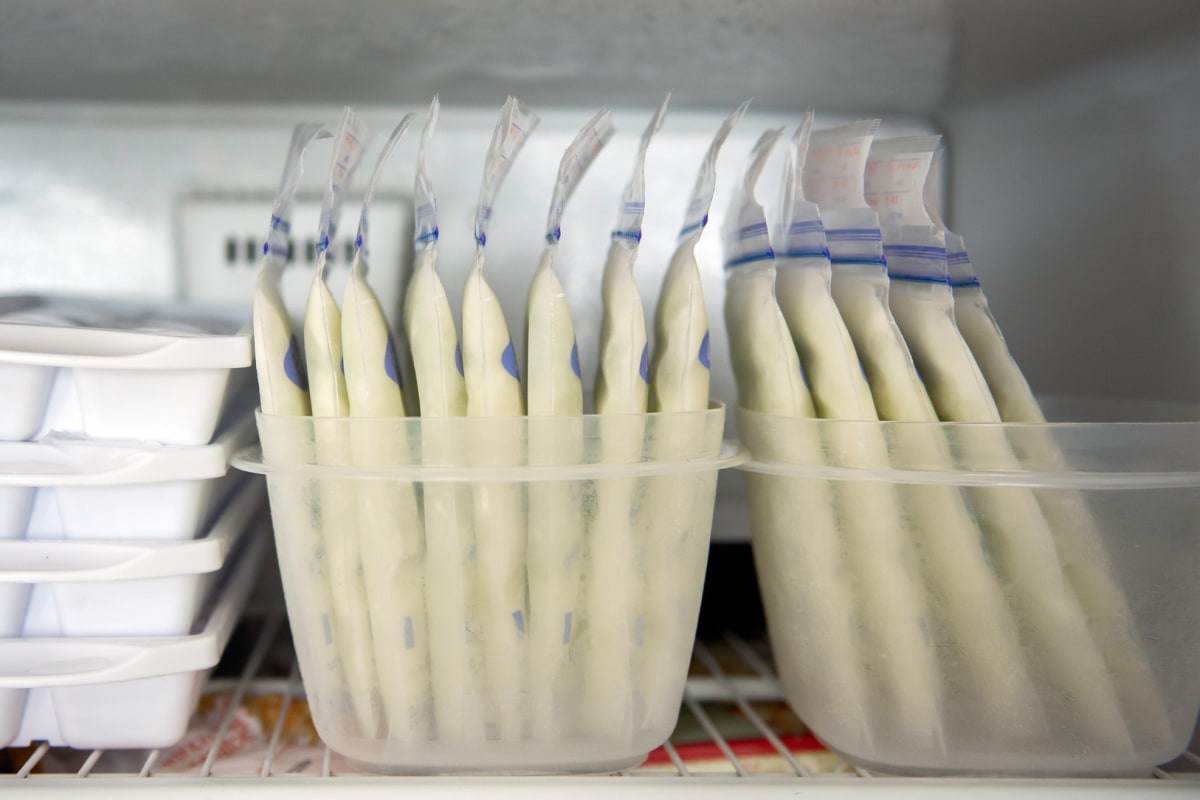
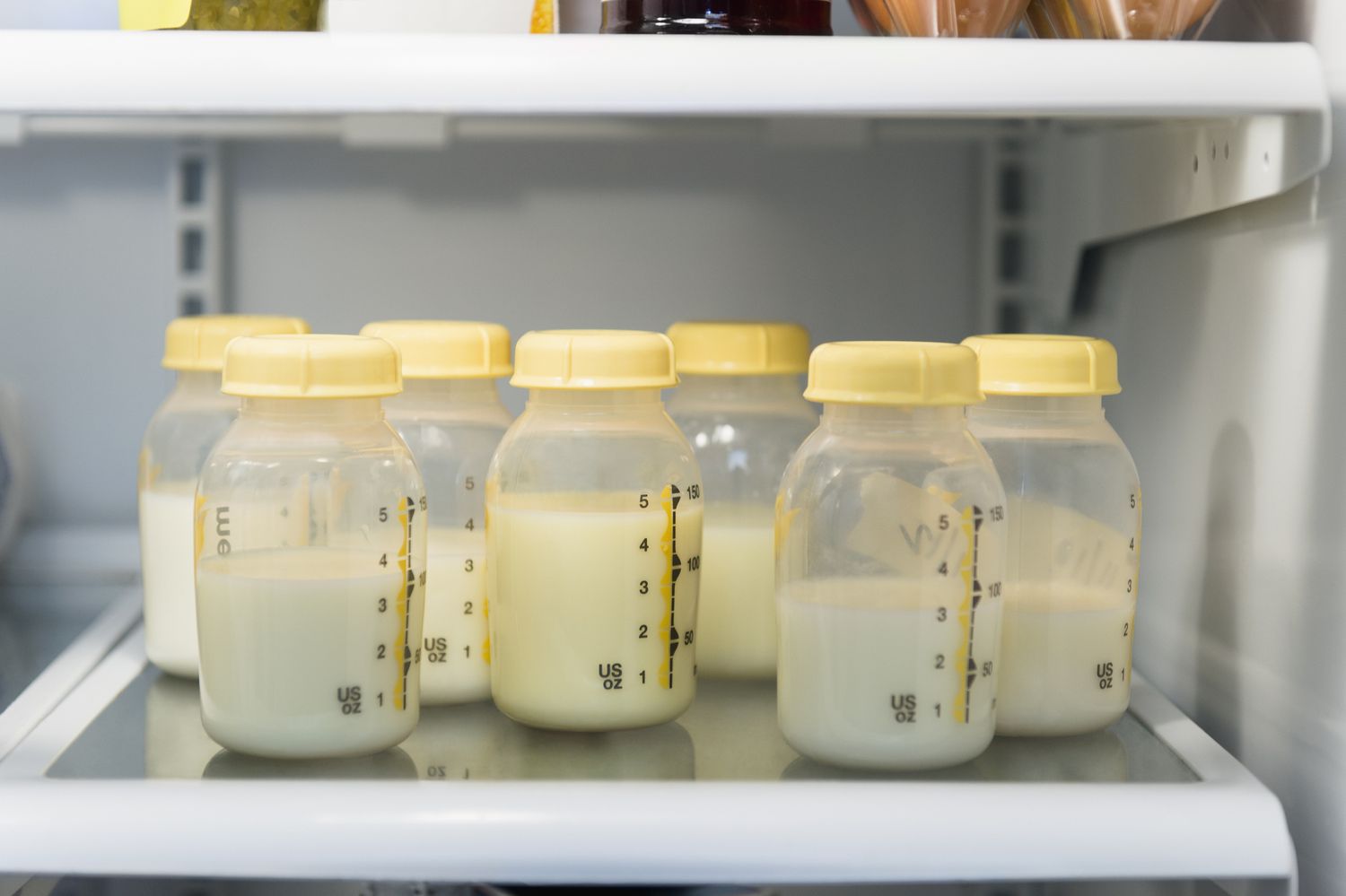
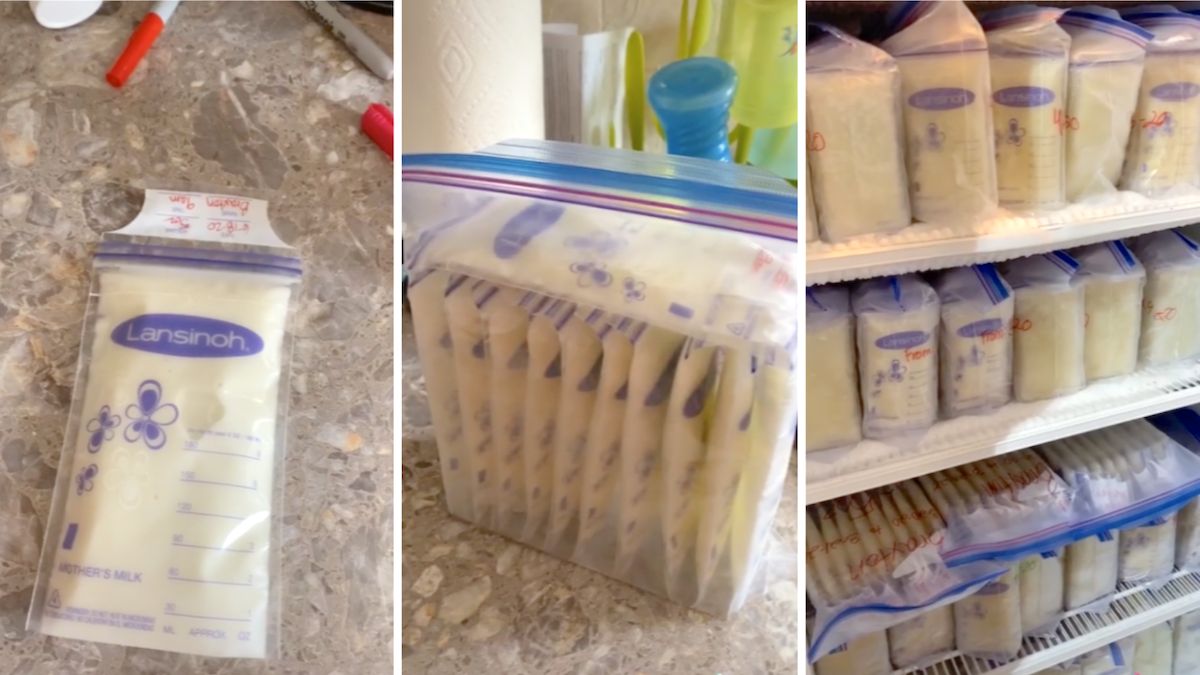

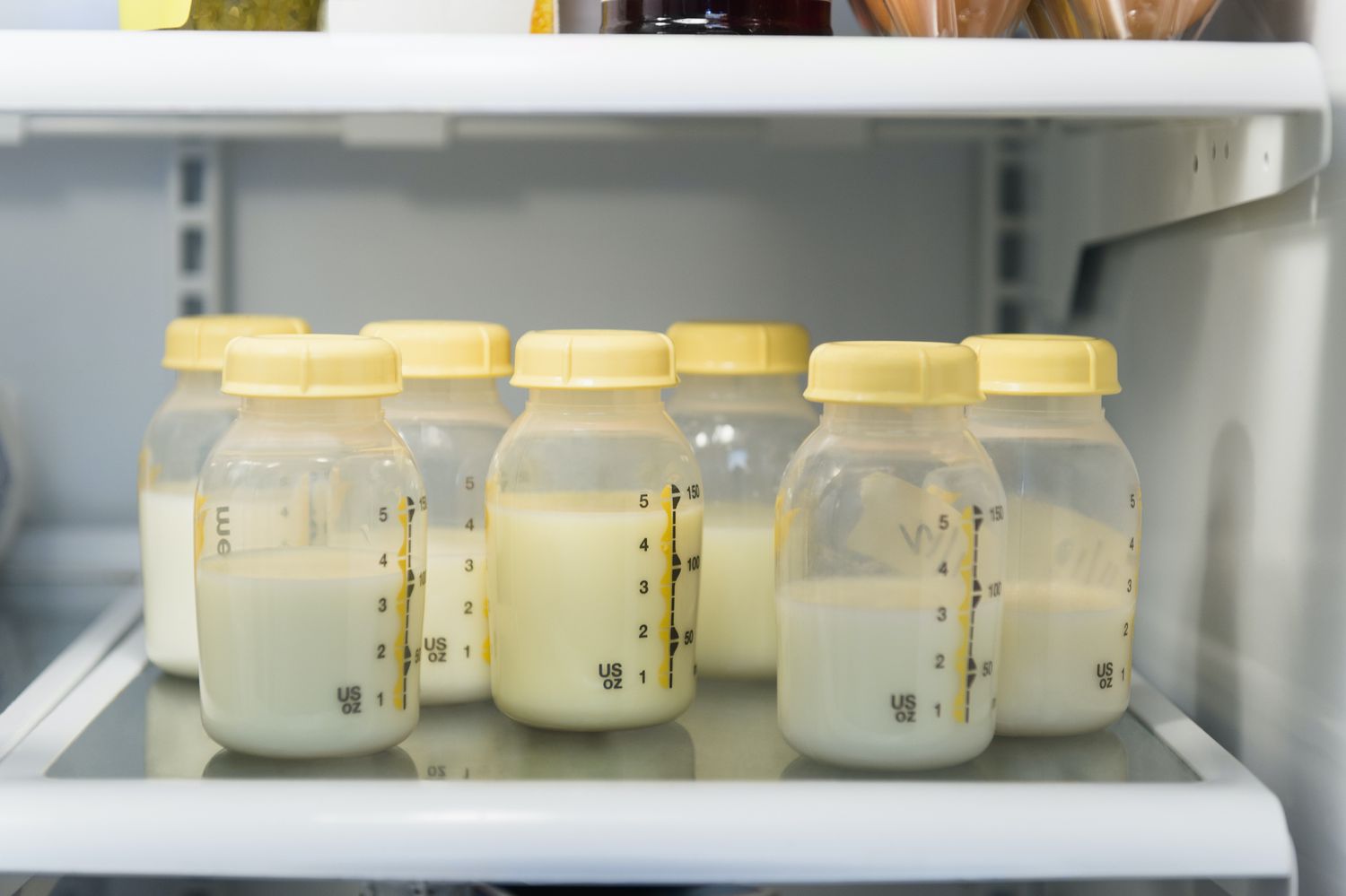
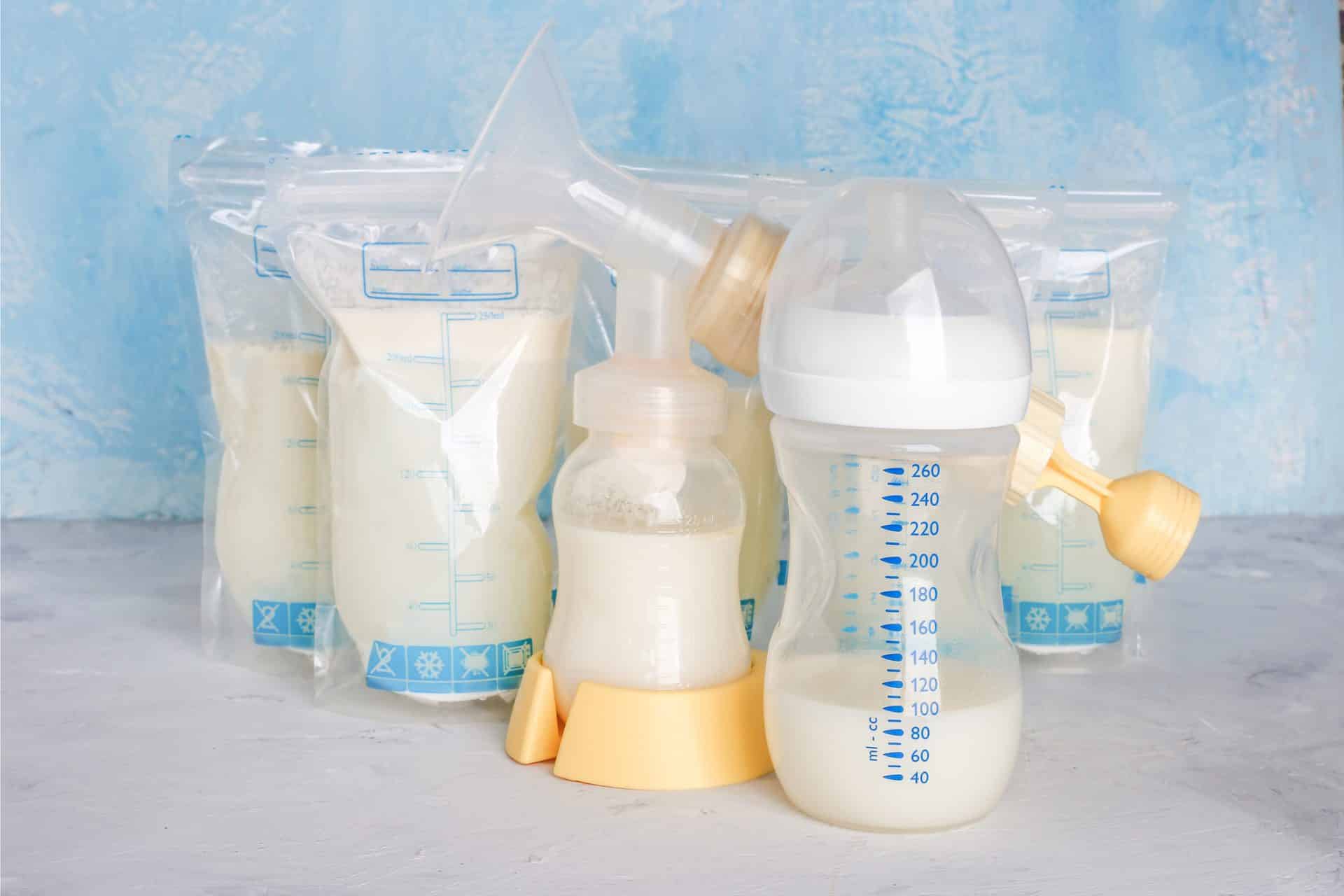
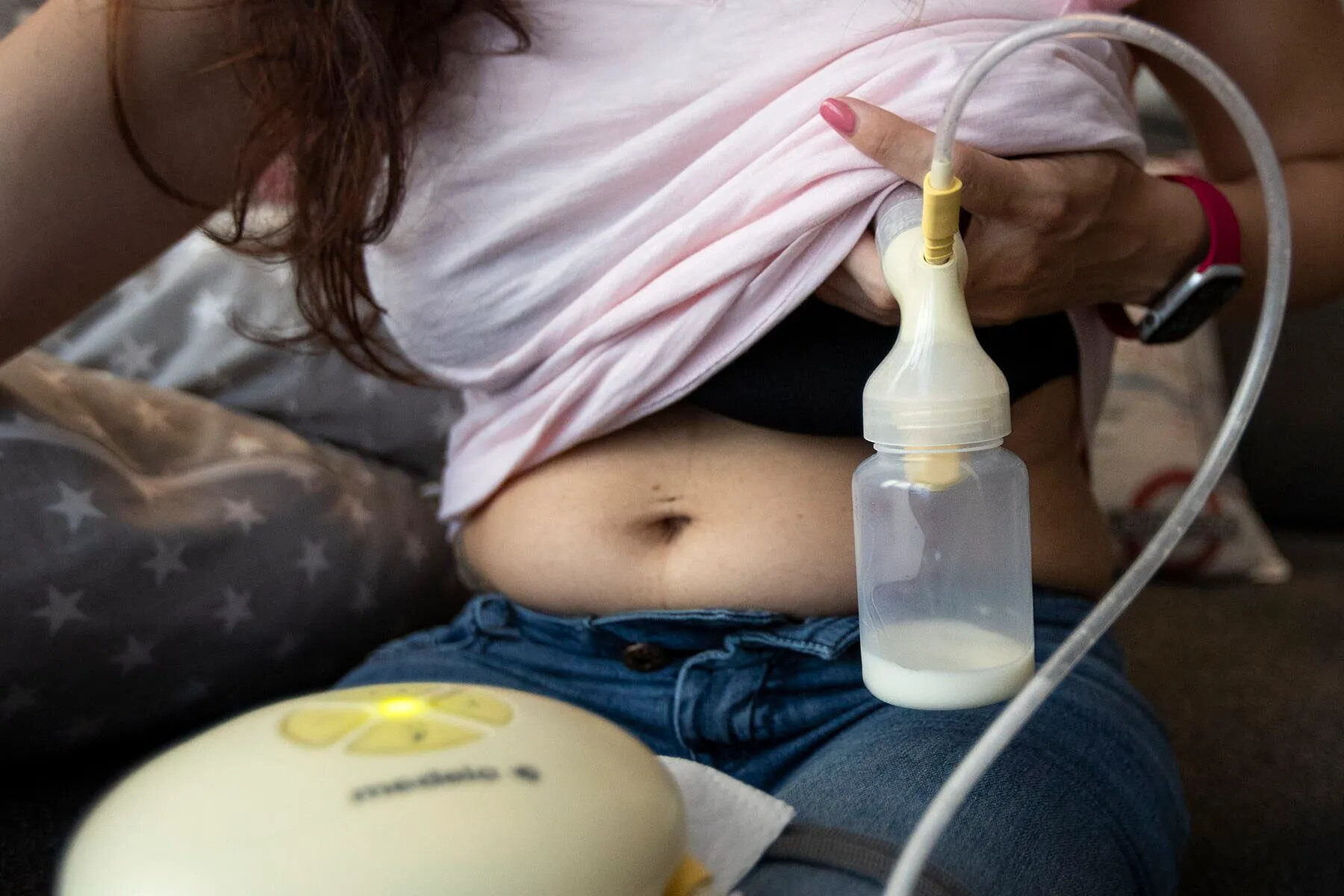
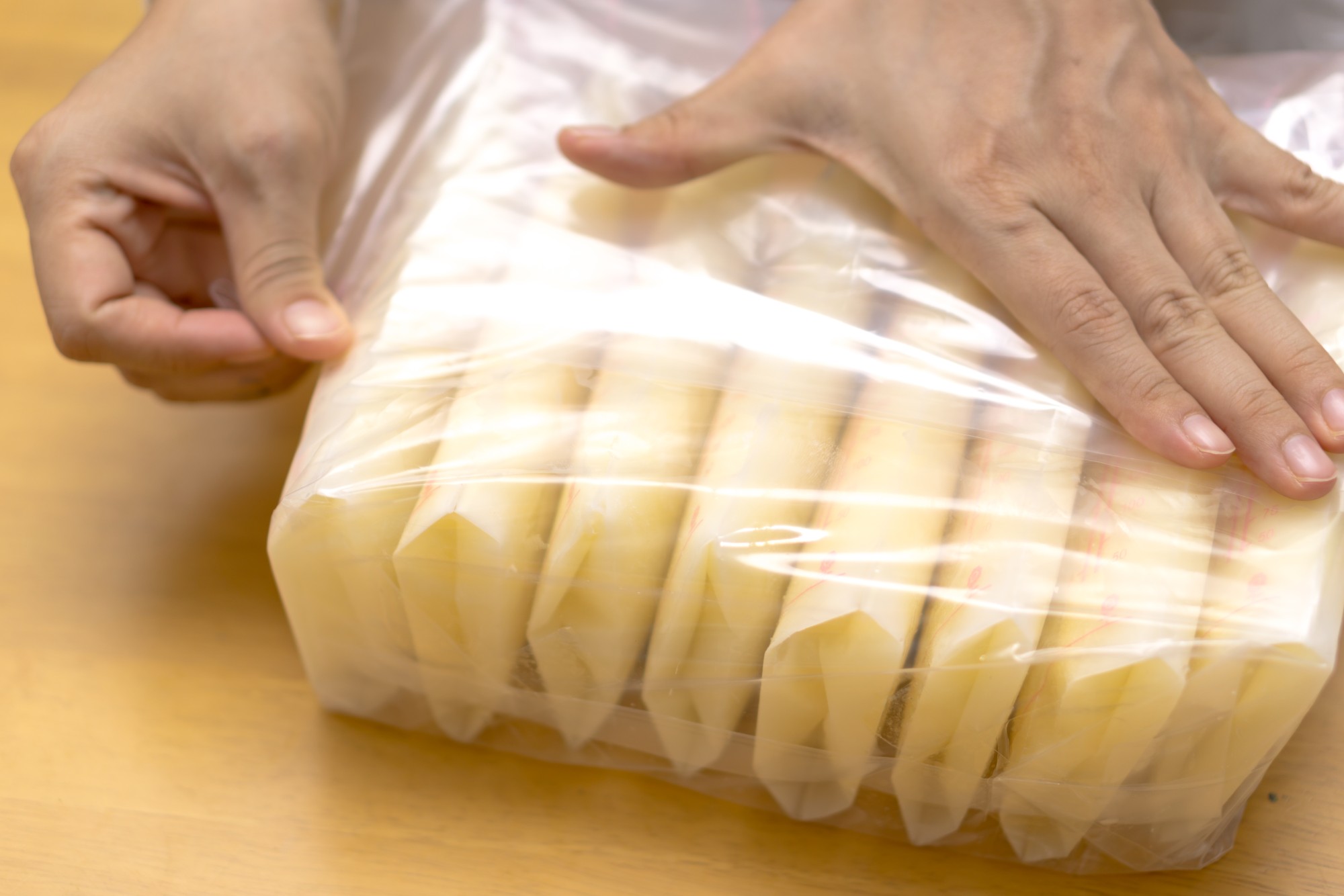
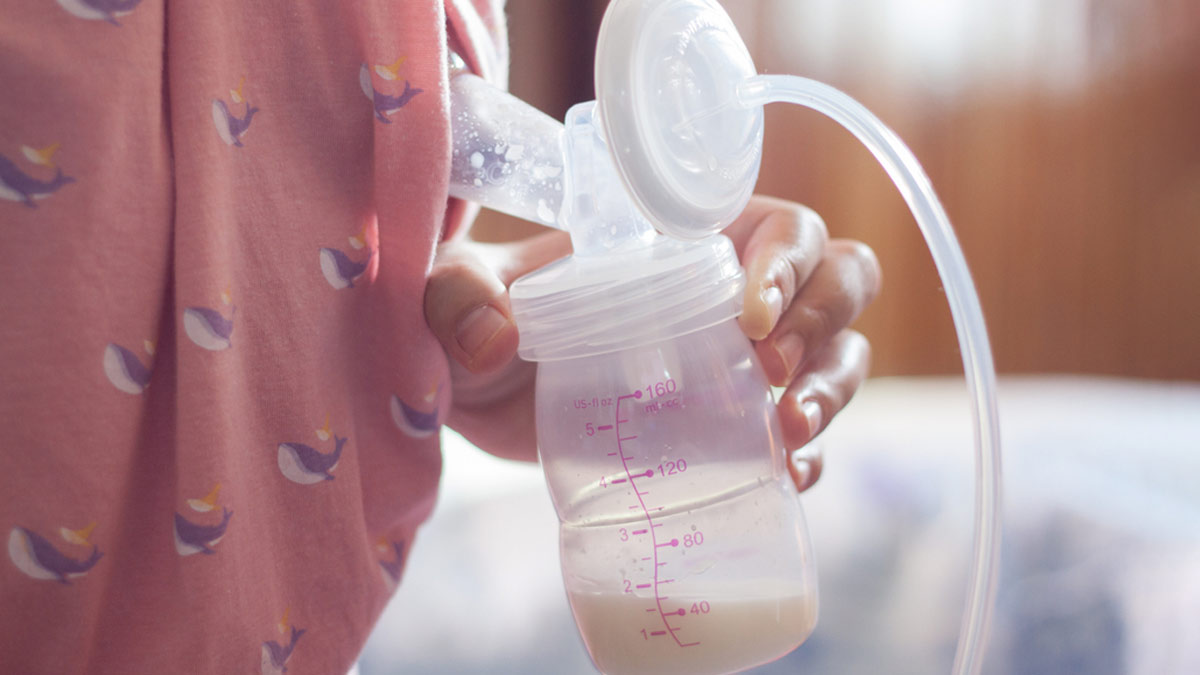
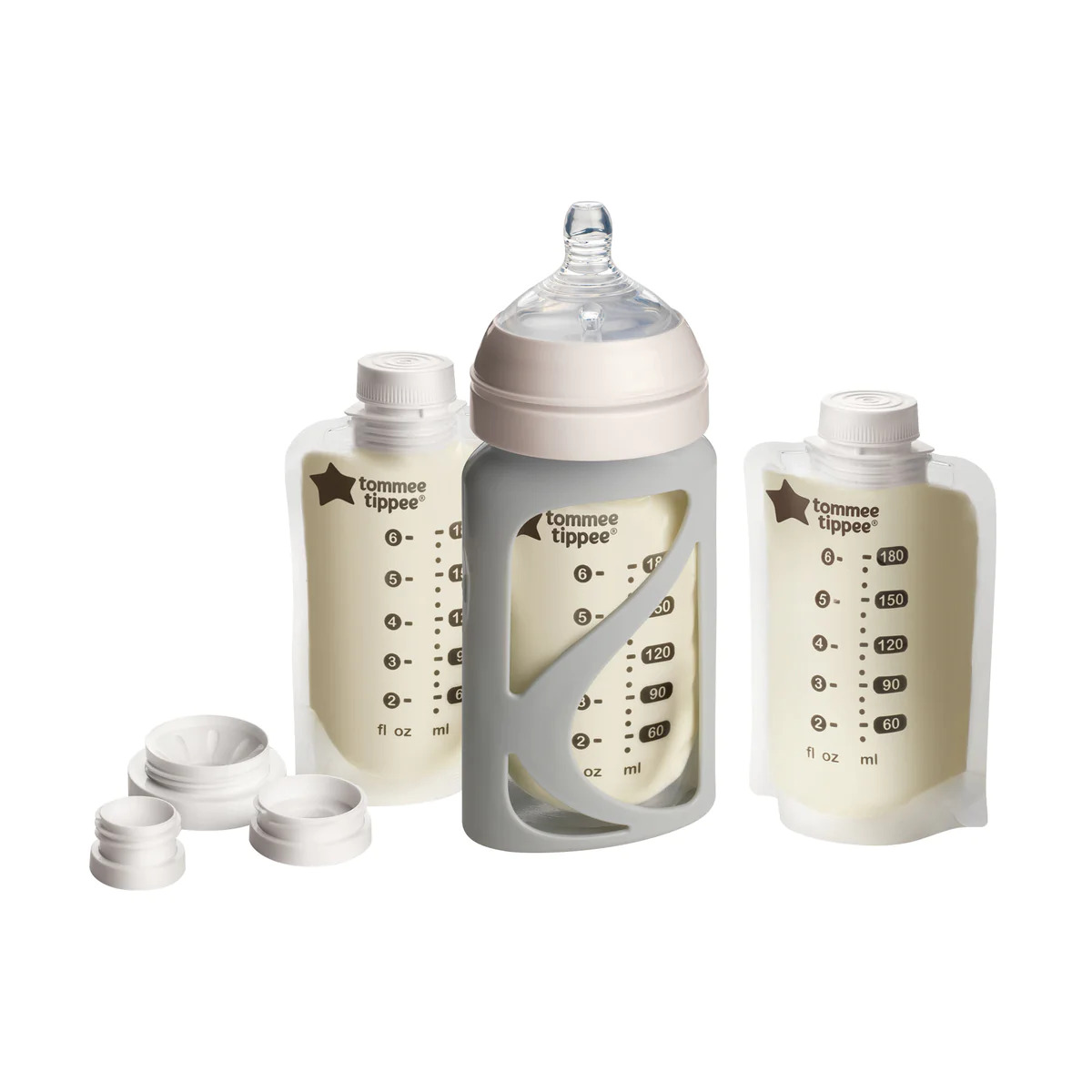
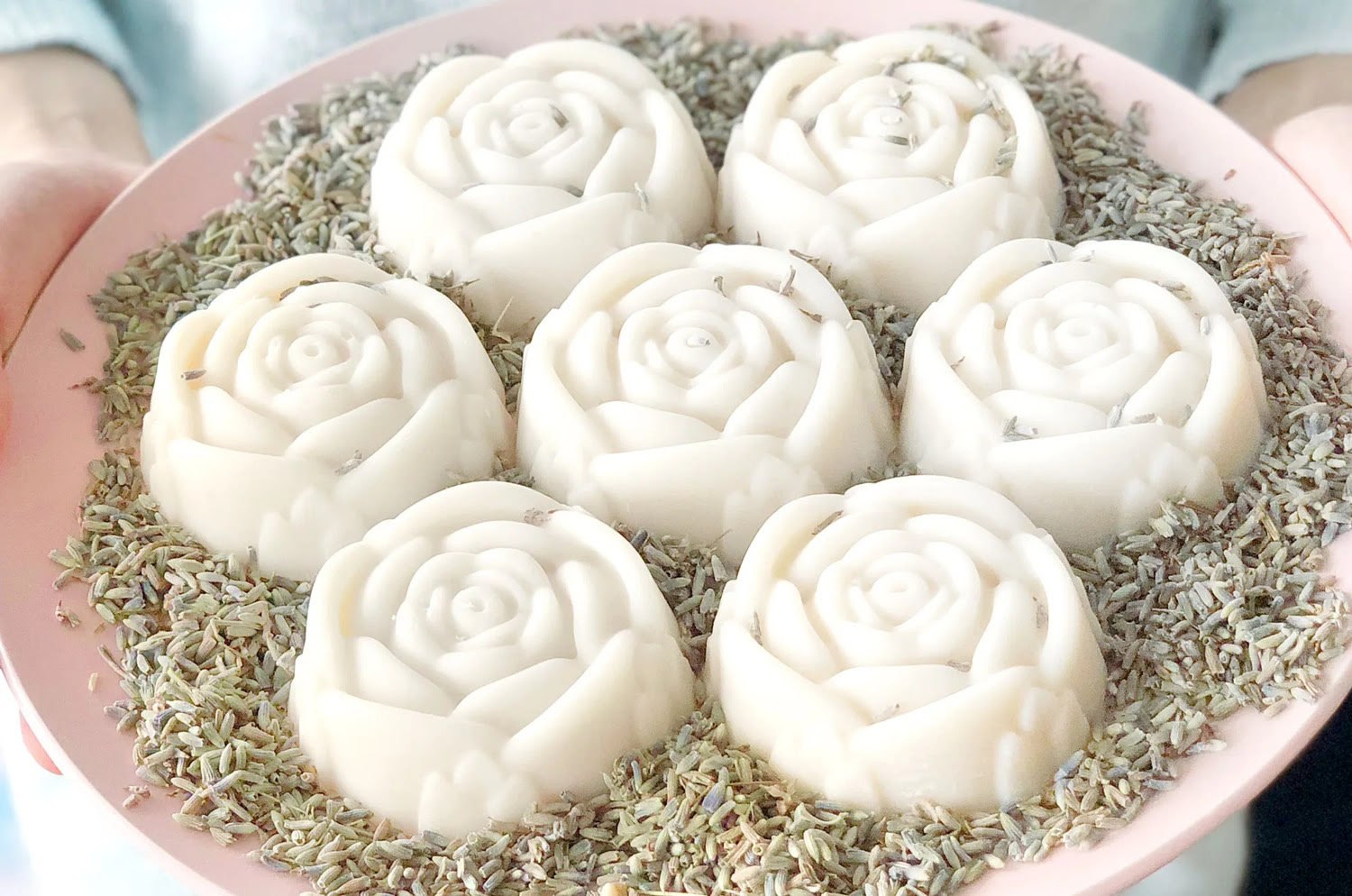
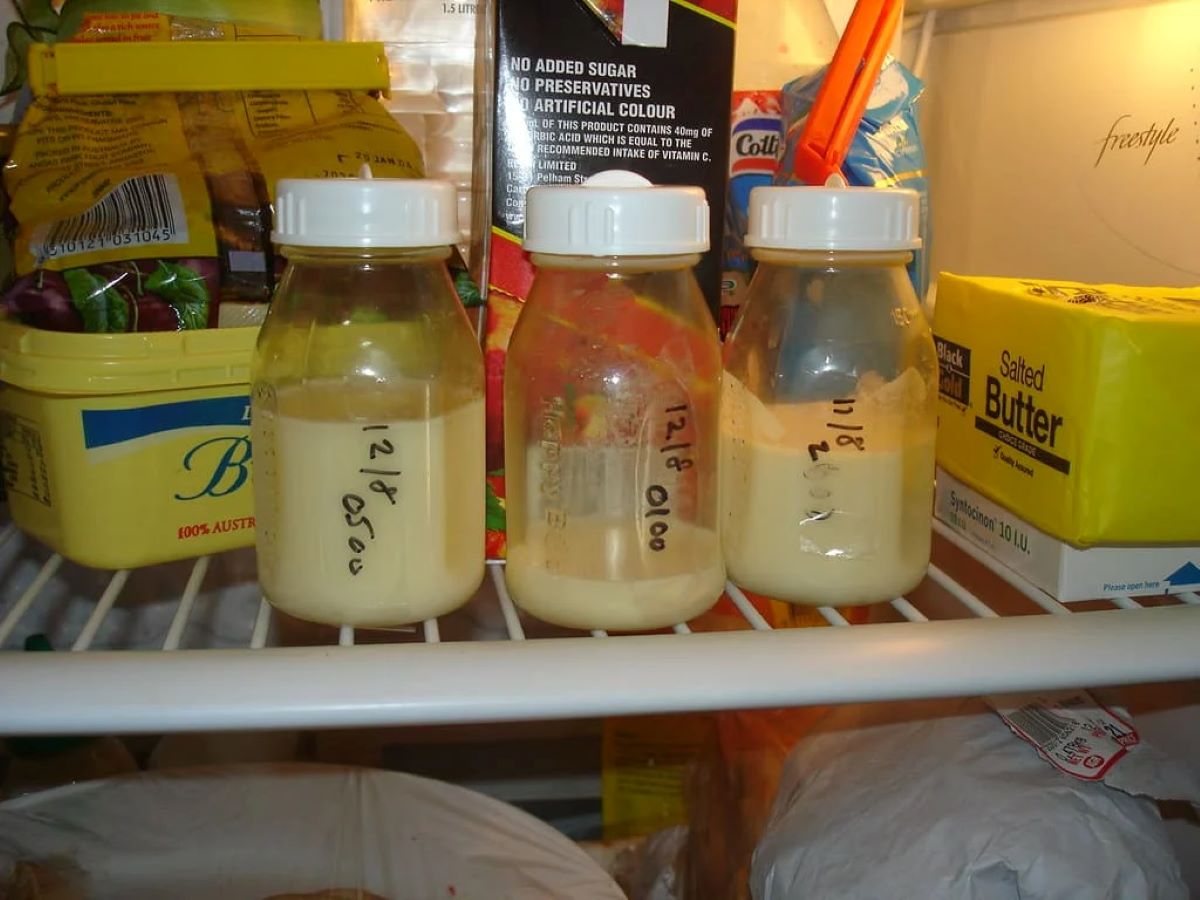
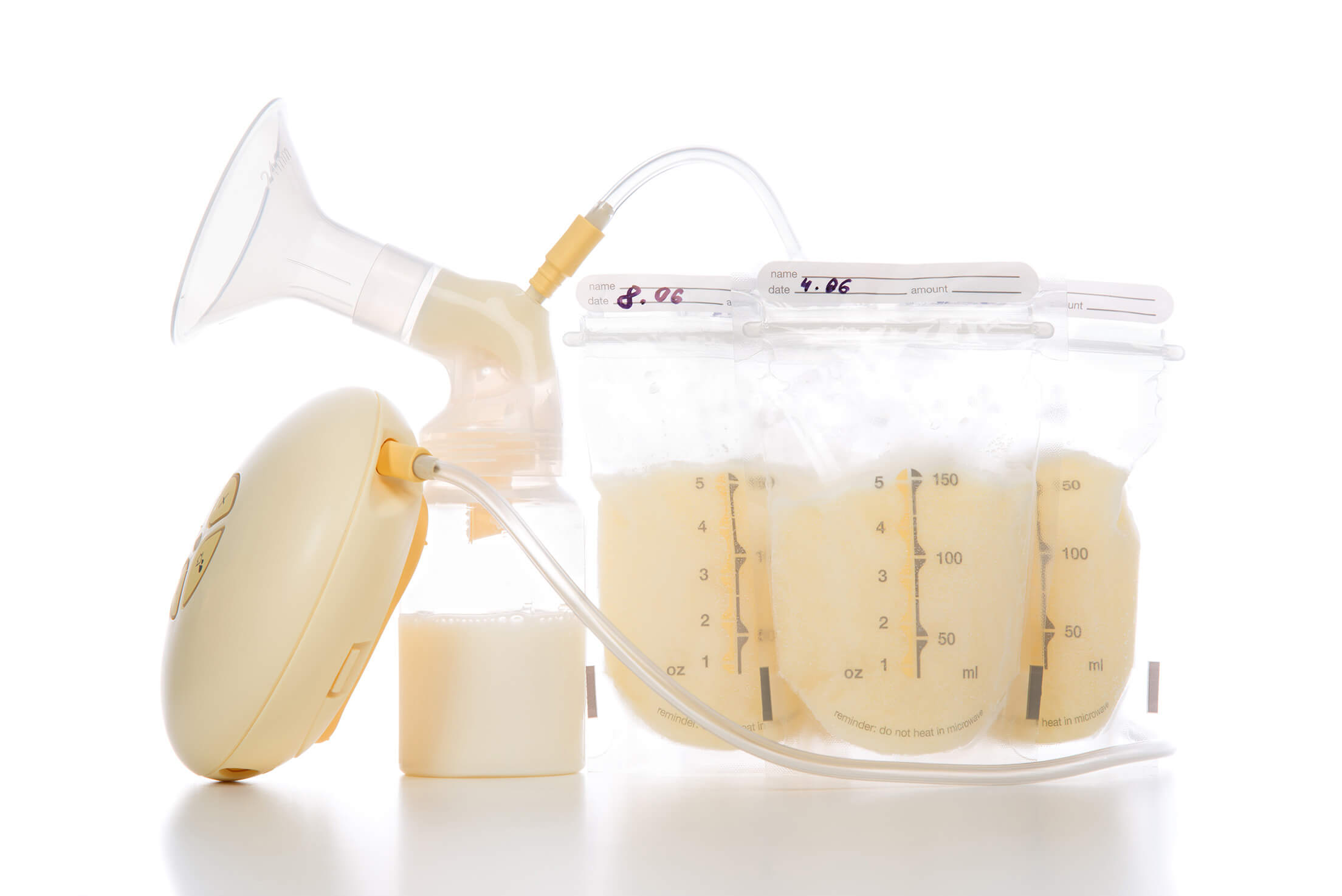

0 thoughts on “How To Store Breast Milk In Freezer”